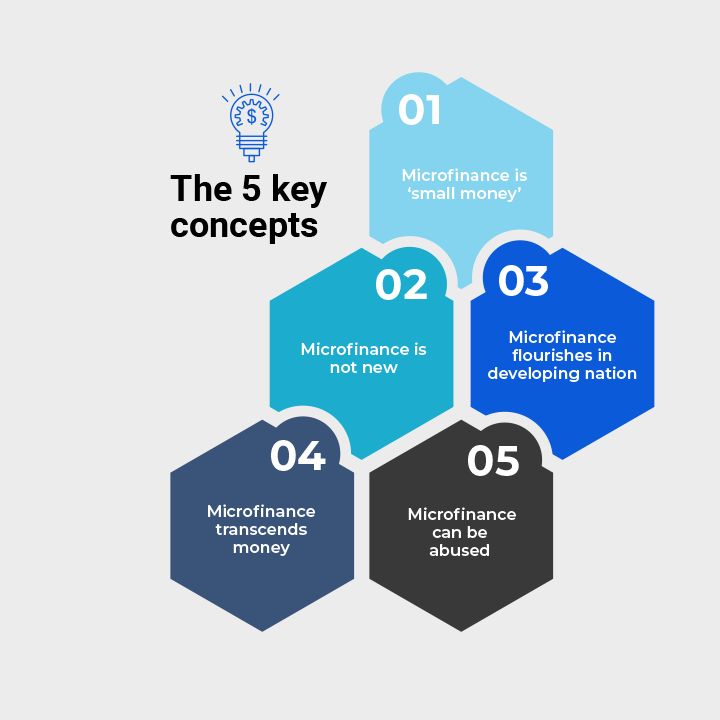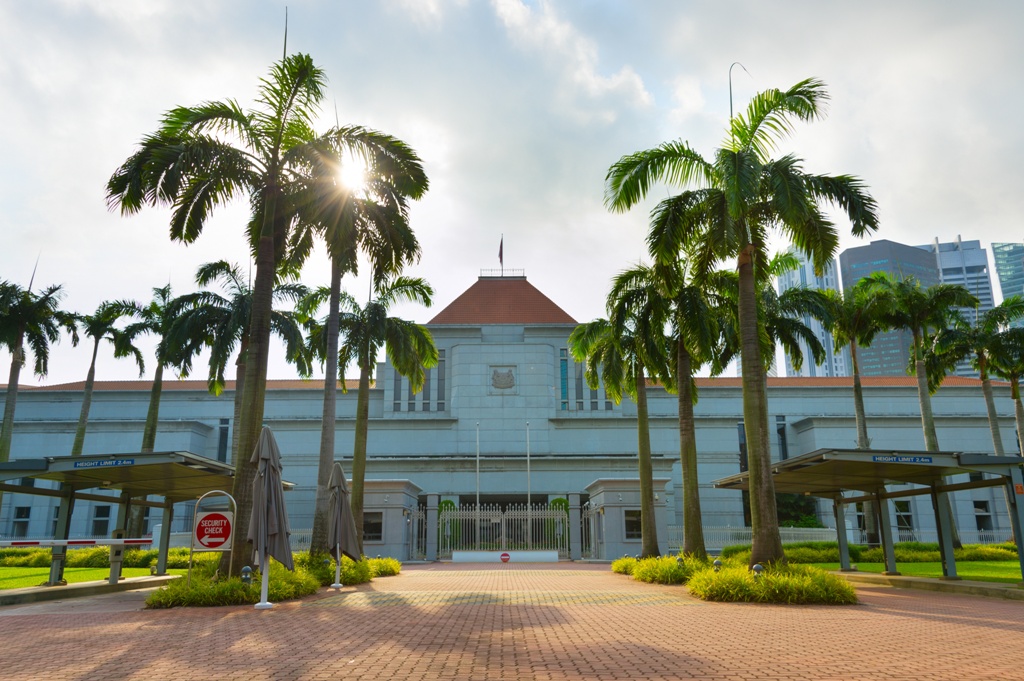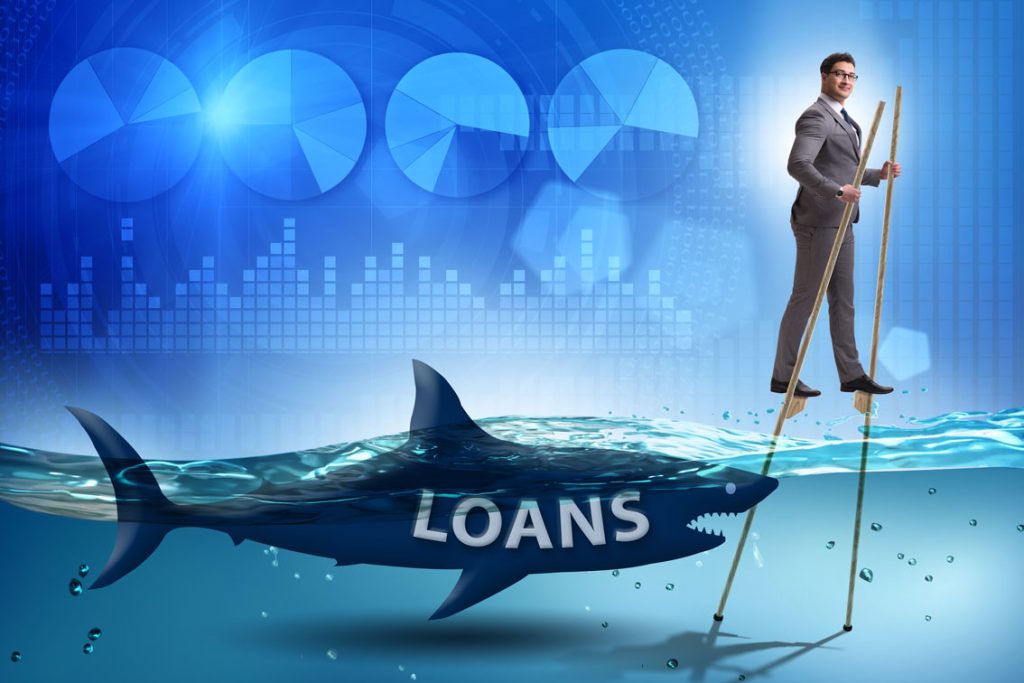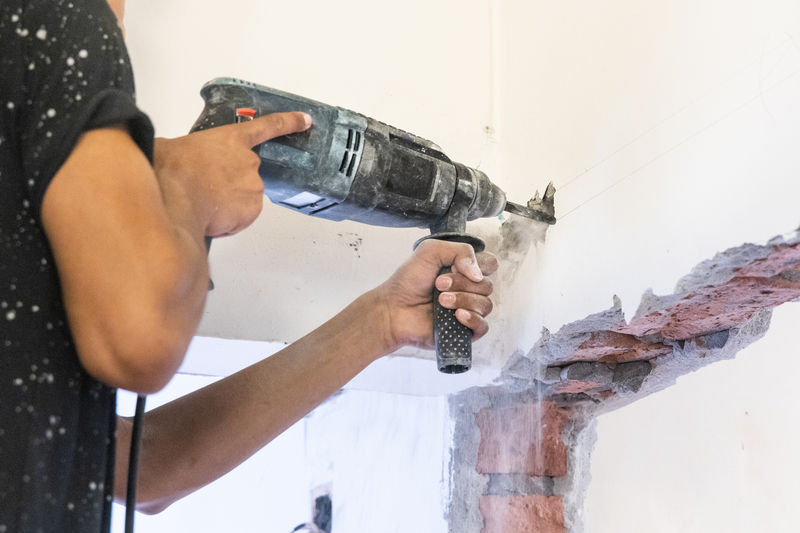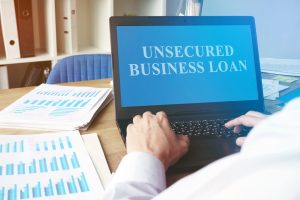The concept of microfinance and why it has become popular
Microfinance is the idea of giving everyone, regardless of capital and social status, equal access to a full range of financial services. It has been hailed as the great equaliser, giving small business owners the financial support to compete in the open market.
The concept of microfinance enjoys worldwide popularity for allowing people in developing nations more control over their own lives. If you are a small business owner or plan to open a small or medium enterprise (SME) in the future, read this article to understand the basics of microfinance.
The 5 key concepts
1. Microfinance is ‘small money’
Microfinance roughly translates to ‘small money’. The term applies to the idea of lending small amounts of cash to borrowers who would otherwise be shut out of the financial ecosystem.
It can incorporate a diverse range of services, including savings accounts, current accounts, and more complex business transactions. The uniting factor is that the amounts involved are very small. This allows anyone from homemakers to students or even subsistence farmers to create value despite having minimal capital.
2. Microfinance is not new
While the use and social mentions of microfinance have exploded in the past decade or so, it is actually centuries old.
The earliest known concept of microfinance dates back to 1720. That was when Jonathan Swift, author of Gulliver’s Travels, started the Irish Loan Fund to provide unsecured loans to the poor in Dublin. Indonesia’s central bank, BRI, was originally established in 1895 as a micro bank called Priyayi Bank.
3. Microfinance flourishes in developing nations
The concept of microfinance works well with the poor in developing nations. This can be seen by its popularity in the Grameen Bank in Bangladesh, which led to the establishment of BRAC. Similar institutions can be found in India (SEWA), Bolivia (Bancosol), and other developing nations.
The unique combination of low-cost labour, ample raw materials, and a large working-age population in these countries make for ideal microfinance building blocks.
4. Microfinance transcends money
Financial transactions underpin microfinance, yes, but the concept goes much deeper than that. The idea is to change how money is viewed and invested even among the poorest in society.
For far too many such people, it is a commodity that helps sustain them from day to day. Good microfinance practices expand that rudimentary approach to include investing for the future, strengthening individual leadership and community networks, and skills development for self-sustenance.
5. Microfinance can be abused
One of the often-overlooked aspects of microfinance is the ease with which it may be abused. Because the majority of the candidates for microfinance are uneducated or poorly educated, they are more likely to commit to loan terms that they do not fully understand.
Research shows that some microfinance programmes charge interest as high as 30% and that, despite the overwhelmingly positive publicity, many participants do not see an actual increase in income and face debts because of microfinance. Additionally, no matter how high the interest rates are, it puts additional pressure on the borrowers to secure a higher salary or to drum up more business.
Here’s a rundown of the concepts we’ve just gone through before we dive deeper into the different terms that can help get you the funds you need.
Key Concept: Microfinance, Microcredit, Microsavings, and Microinsurance
| Microfinance | Microcredit | Microsavings | Microinsurance |
| Financial services for individuals and businesses who cannot access conventional financial services. | Small loans for individuals who are unable to receive conventional loans. This is a subset of microfinance. | Savings account for small amounts of money. This is another subset of microfinance. | Insurance policies catered specifically to low-income individuals. Premiums and coverage are lower. |
Microfinance is an umbrella term that encompasses every aspect of finance but at the grassroots level. It is often confused with similar entrepreneurial terms that begin with ‘micro’, such as microcredit, microsavings, and microinsurance.
Microcredit is the term most often confused with microfinance. Microcredit is the subset of microfinance that deals with giving out loans. The capital required can be as low as $100 and the loan terms are ordinarily more generous than that for bank loans.
Microsavings refer to savings accounts for small amounts of money, sometimes as little as two digits. Most banks prefer not to use their resources to provide banking facilities for individuals in this tier.
Similarly, microinsurance puts insurance services within the reach of those who would otherwise be unable to afford them. It gives new and struggling small business owners a safety net that allows them to invest in their business and help it grow.
Key beneficiaries
Microfinance is popular in the developing world among those in the lower socioeconomic classes. Many of the major microfinance efforts have focused on providing an avenue of income for women who are ordinarily shut out of the national economy. This is especially the case in certain communities for religious or cultural reasons.
Can you use microfinance?
Microfinance offers a very specific range of services to people who fall in the very lowest socioeconomic categories. While there are microfinance companies based in Singapore, their services are often centred on poorer parts of the world. One example would be Crawfort Finance, a microfinance firm that was first established in 2011 and has since expanded to the Philippines.
Some businesses invest in microfinance firms overseas as well, allowing them to operate and expand their list of services. This includes Gojo & Company, which has partnered with microfinance firms like Maxima in Cambodia and Sejaya in Sri Lanka.
For individuals in Singapore who require quick cash in a pinch, there are a host of authorised money lenders available in the country who offer short-term loans or fast cash loans.
If you are a current or aspiring SME owner, consider the Singapore government’s business-specific loans, the SME Working Capital Loan, and the Temporary Bridging Loan. Alternatively, if you require an instant cash loan to boost your liquidity as you set up your business, you can consider MM Credit’s services. Submit a form to receive a loan quote.
About the Author

Hello! I’m Nikki and I nitpick through all the boring financial data and jargon so you don’t have to!


